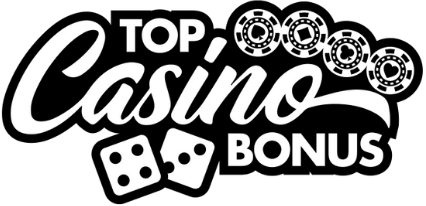Understanding and exploiting player psychology in poker
If you think poker’s just about the cards, you’re already leaving chips on the table. The game lives and dies at the psychological level, that’s where real money changes hands. Every misread, every bluff gone wrong, every hesitation is gold dust to someone who knows what they’re watching. Understanding player psychology isn’t a nice-to-have, it’s the edge that separates winners from regulars getting rinsed every week.
Table of contents
Knowing your opponents better than they know themselves
The first misstep I see in new players is tunnel vision. Too focused on their hole cards, not enough on the guy two seats over who hasn’t touched his beer in 40 minutes because he’s squeezing every ounce of brainpower into pot control. Poker’s a people game disguised as a card game. Know the human behind the hand, and you can predict their next move before they even pick up a chip.
The profile types you need memorized
Break players down into archetypes. You’ve got the loose-aggressive maniacs who try to steamroll the table, great for value traps. Then there’s the tight-passive types, most common in lower-stakes rooms like at Genting Casino, who fold more than an origami artist under pressure. Study how each reacts to aggression, it’s as telling as a tell.
Use HUDs and stats in online games. Too many underestimate pattern-tracking. If you’re playing at a room like Guts Casino that gives good data feedback, don’t waste it. Over a large sample size, tendencies spike out like broken ribs, you just gotta know how to read ‘em.
Exploiting emotional volatility in live games
Now let’s talk live tables, where microexpressions and body language do the talking. When someone smashes their cards down faster than a dealer dealing blackjack at Golden Nugget Casino, pay attention. That’s heat. Desperation. Maybe a tilt moment you can milk for three orbits.
Spotting tilt before it breaks out
Watch for rising chip velocity, players physically moving with more force. Even the stack size reordering tells a story. One fella I sat next to in Atlantic City once re-stacked his chips every hand after losing a pot. Two hands later, he donated a buy-in to my middle-set slow play.
Psych bias like loss aversion or sunk cost fallacy? They’re the ghosts behind every reckless call. Folks don’t wanna fold because they’ve “already invested” in the pot. You can hang that belief like a coat hook and pull hard when it’s raining stress. Poke the right bruise with a big enough pot and the cards won’t matter, you’re playing them, not the game.
Mastering table image and metagame dynamics
Your own image at the table is leverage too, but most folks either ignore it or paint it all wrong. It’s not about wearing sunglasses and pulling off the Hellmuth act. You’re crafting a story every hand, whether you realize it or not. If you muck second nuts three times in a row, make no mistake, someone’s clocked that.
How to curate and abuse your table persona
In tough rooms like you’ll find at Hard Rock Casino, blending in doesn’t cut it. You need to build a brand, whether it’s tight but trappy, or hyper-aggressive with a heartbeat. Once you’ve shown the table your “range,” weaponize it. Pull off that unexpected river shove when they think you’re only about ABC play. Shock and harvest.
Used to run a weekly game with a guy we called “Fun Run Dave.” The guy bluffed about as often as Halley’s Comet shows up. I nurtured a loose image until it paid off, when I check-raised the river with king-high and he tank-folded top pair with two pair kicker. Table image can cash checks your hand can’t write if you know when to spend it.
Reading betting lines as emotional narratives
Every chip put in the pot has a psychological flavor, spike of confidence, fear compensation, self-motivation to prove something. Reading betting lines is about hearing the emotional song your opponent is singing. A weak lead into a raised pot on the turn? That’s a verse called “Please don’t check-raise me.”
Correlating deviations to mindset shifts
Keep mental track of each opponent’s standard line. When they snap-bet out of rhythm, raise sizing in an unusual way, or delay where they usually insta-act, those data points mean something. One guy I played online kept overbetting rivers. Turned out the pattern correlated to missed flush draws from position. I adjusted, and within 200 hands took most of his stack.
Same logic applies in advanced scenarios you see in sports betting models. Behavioral deviation from norm points to internal variables changing. Whether it’s weather in football or tilt in poker, models and muscle both value outlier behavior.
Final reflections: psychological acuity over technical prowess
Here’s the thing, technical precision will get you far, no doubt. Pot odds, implied equity, board texture theory, all essential tools. But your true long-run ROI comes through the gray matter of player psychology. The intangibles. The unsaid. The eyeblinks and nervous chip towers.
If you’re not constantly refining your eye for human weakness in real time, spotting fear, denial, pride, and greed, you’re playing a sanded-down version of the game. Learn to love the nuance. That’s where the joy lives. And the money too, if you ask me.





0 Comments